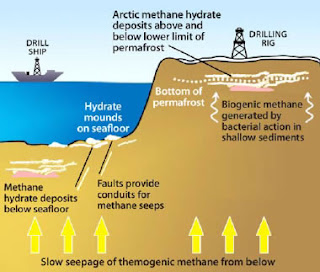Hell Week was a couple of weeks ago which did not turn out as bad as originally thought. We only had one, fifteen-hour day to contend with. We realized when we received the veligers for the experiment that we had accidentally killed our algae population by adding in more saltwater to replace what we had used for experiments. None of my resources said that there was a specific process in which the saltwater had to go through in order to be sterilized. As far as I know, it involves killing bacteria with UV radiation. Therefore, oops.
As it turns out, we may not have needed it at all. Reflecting back on the tracer particle experiments in the beaker, we had to open the f-stop on the camera in order for the Insight program to be able to "see" the particles. This overexposed the salt in the saltwater but gave us much better vectors during processing. However, we also realized the Instant Ocean did not completely dissolve in the water as expected. I am still not sure why at this point, so I will have to hunt down the answers on that but I have a few hunches.
Now we are returning to the beaker experiments to see if we can use the salt in the saltwater as the tracer particles themselves rather than the saltwater and PIV particles. In addition, my partner and I are building the analysis code for the beaker experiments.
There is a good chance we will not have enough time to investigate and analyze the data from the veligers in the big tank. However, there are a few observations that we made. The first one is that in order to see the velum of the larvae open and close, we would need a better high speed camera with a smaller chipset. We could see the veligers and distinguish them from the rest of the particles in the water, especially the salt. Particles sizes were at 10 microns, including the veligers. Using the LED light located under the tank, we brought the brightness up to about 90% and had to adjust our delta T, PIV timing, etc., to be able to record data the fell under the 15% error range we were looking for.
Another piece of good news is that the veligers did float and sink just like the literature review stated. Those sets of papers used infrared lasers to track the particle movements because there would be a lessened effect on behavior than the Nd:YAG laser. This did turn out to be true. They could not get away from the laser path fast enough or the LED light. However, when the turbulent grid was cycling, they moved with the pattern of the flow in spite of the laser and they did perform their normal behaviors. It appeared that after the initial freak out, the veligers got used to their new environment pretty quickly.

One of the drawbacks with this technique on studying veliger behavior in turbulence is that during the processing phase of the data gathered, the veliger movements may or may not show up as bad vectors. We still need the flow of the tank minus the veliger movements but we also need the larvae movements to understand their behavior better. Post processing generally wipes out the bad vector data by smoothing the vectors out so we have a vector field map that is useful to analyze. The key would be to use the Processing data, not the analyzed file folder data, to determine movement and behavior of the larvae, mathematically by giving them their own vector field map and creating a different set of code to analyze that movement which is not in the scope of this project for this summer. What we will have to report is which tracer particle is used best for the system that keeps the veligers in an environment similar to those of their natural habitat.
Below are some preliminary graphs of the data we are analyzing from the beaker experiments at the two different speeds that were examined and the type of particles used. Once the results are centered and translated from pixels to centimeters, it should be easy to see that the results should be similar for any particle we use and we should be able to use the particle that is more conducive to the study in future work.
 |
| Graph of the center line of U Bar flow |
 |
| Graph of the center line of V Bar flow |
 |
| Graph of the center line of the Vortex flow |




















